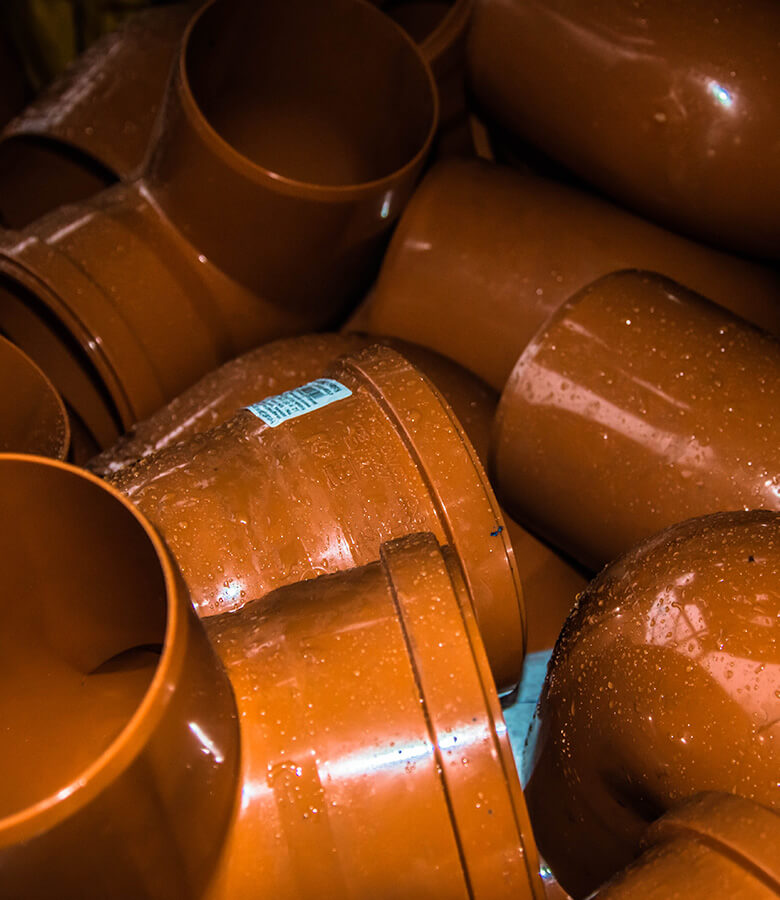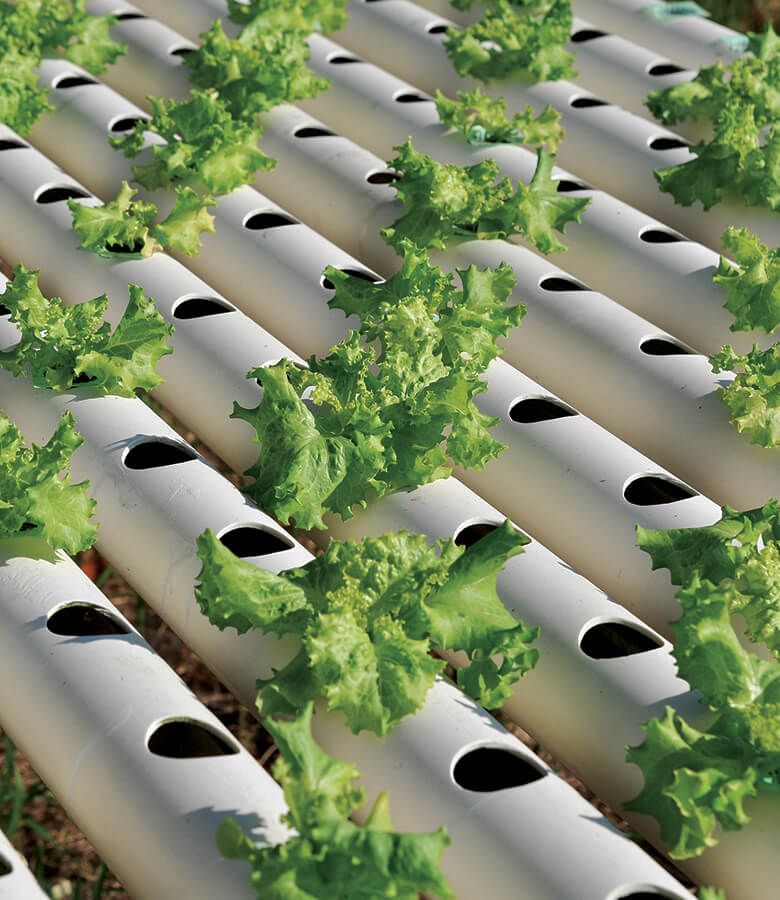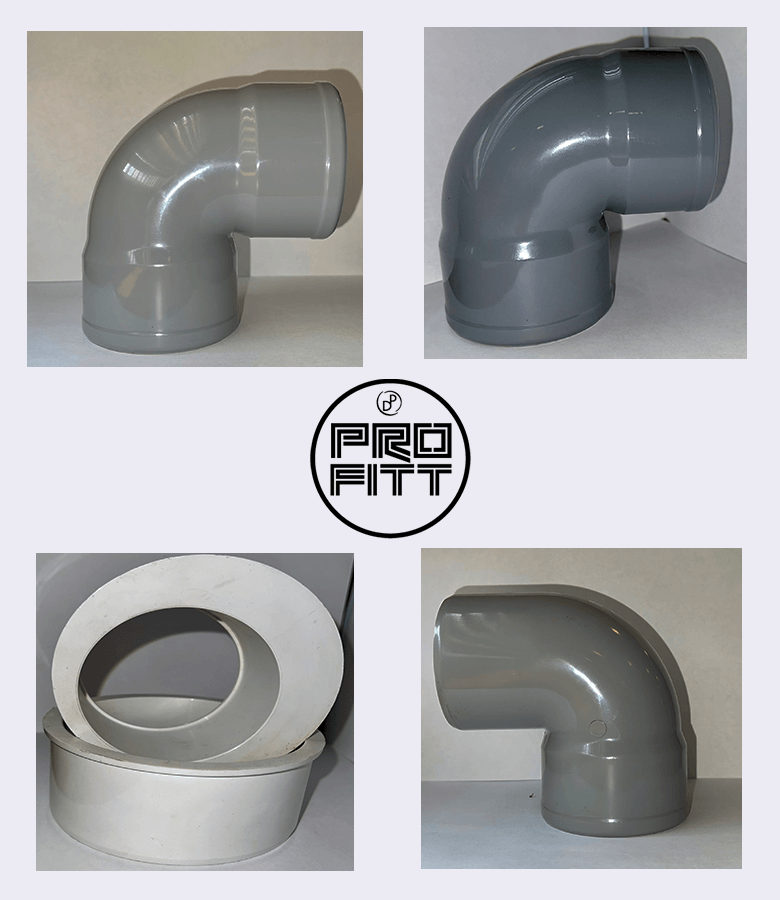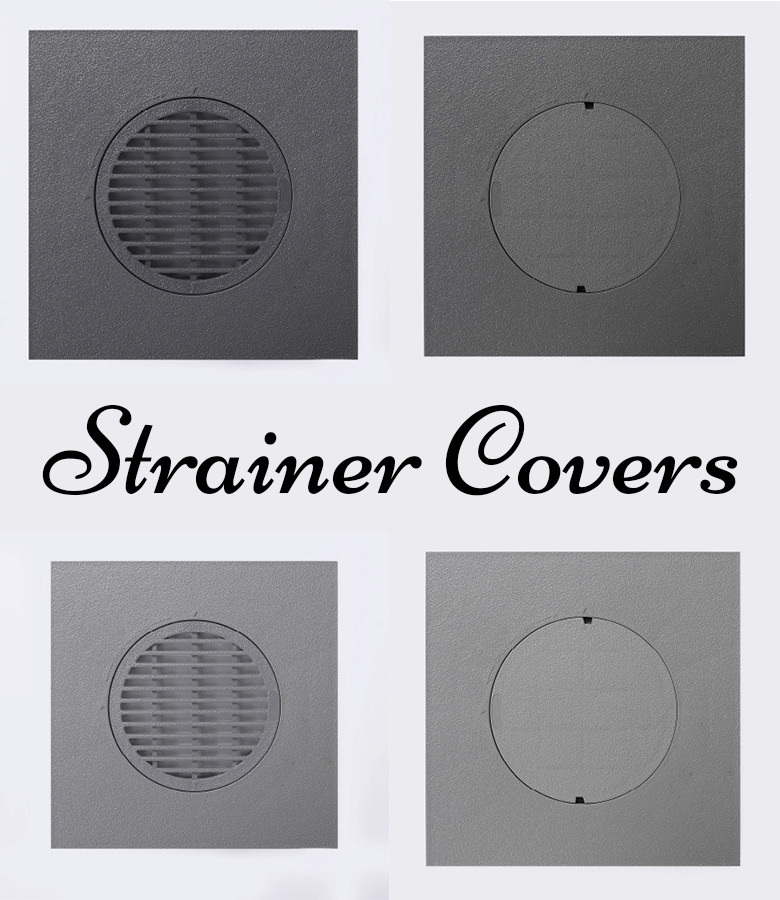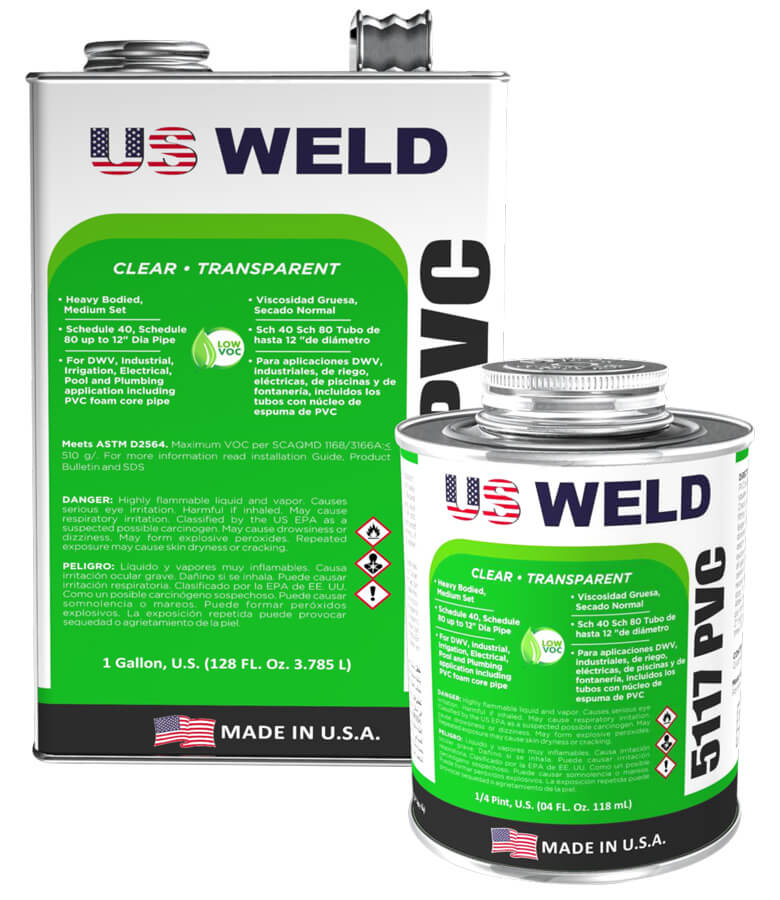History of PVC
Polyvinyl chloride was discovered late in the nineteenth century. Scientists observing the newly created chemical gas, vinyl chloride, also discovered that when the gas was exposed to sunlight, it underwent a chemical reaction (now recognized as polymerization) resulting in an off-white solid material. But, the solid material was difficult to work with that it was cast aside in favor of other materials. Years later in 1920s, rubber scientist Waldo Semon was hired by BF Goodrich to develop a synthetic rubber to replace increasingly costly natural rubber. His experiments eventually produced polyvinyl chloride.
Although product developers began to use PVC in a variety of ways – in shoe heels, golf balls, and raincoats, to name just a few – its application increased significantly during World War II. PVC turned out to be an excellent replacement for rubber insulation in wiring and was used extensively on U.S. Military ships. After 1945, its peace-time usage exploded.

Raw Material
The raw material shall be PVC-U to which are added those additives that are needed to facilitate the manufacture of components conforming to the requirements of this standard. When calculated on the basis of a known formulation, or in case of dispute or unknown formulation, determined in accordance with prEN 1905, the PVC-content shall be at least 80 % by mass for pipes and 85% by mass for injection-molded fittings.
Pipe Material
When tested in accordance with the test method as specified in Table 1, using the indicated parameters, the pipe material shall have characteristics conforming to the requirements given in Table 1. The pipe material shall be tested in form of a pipe.


